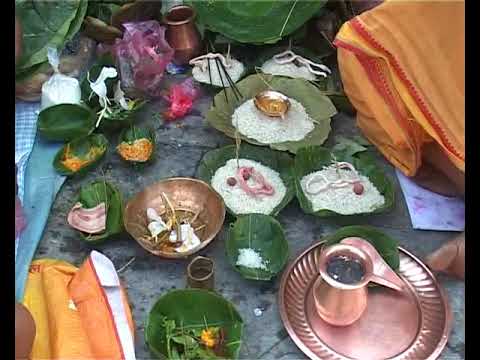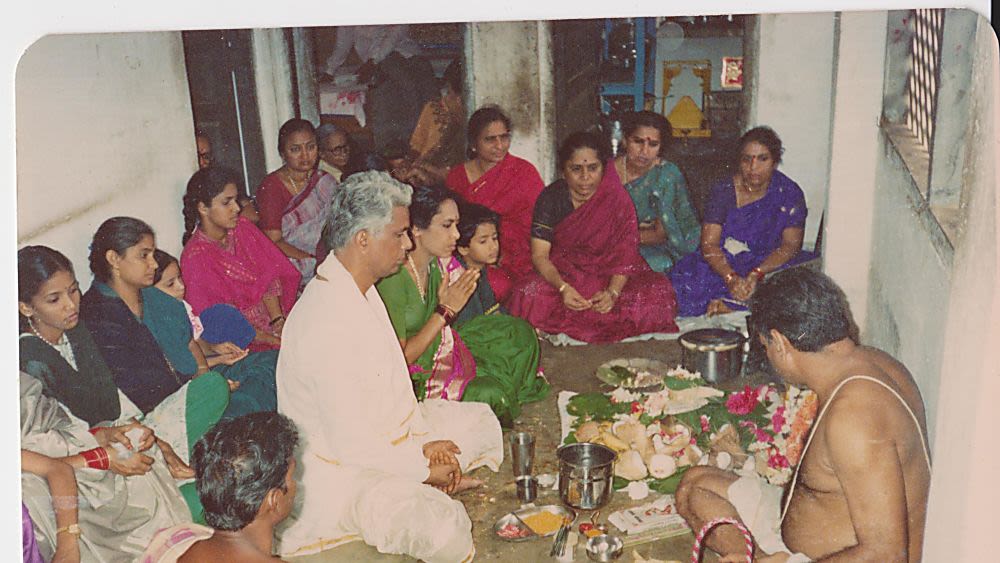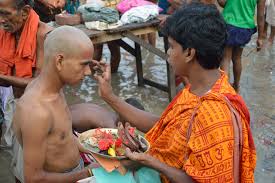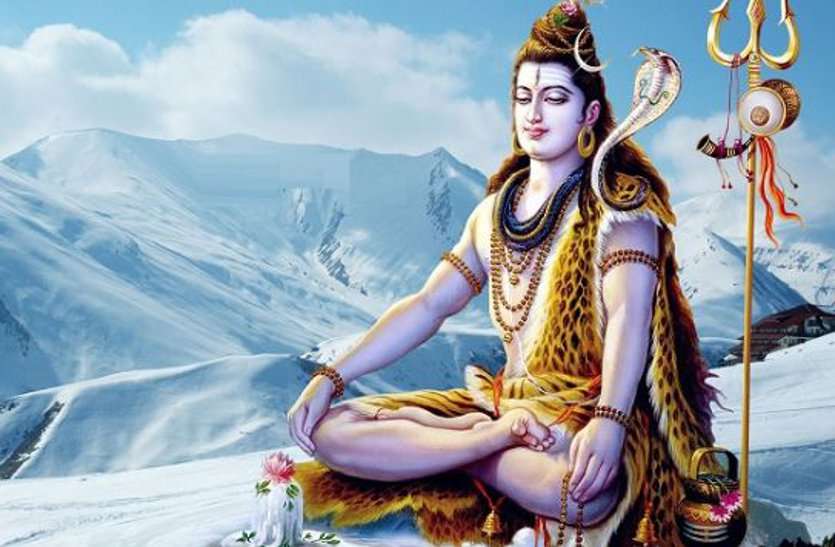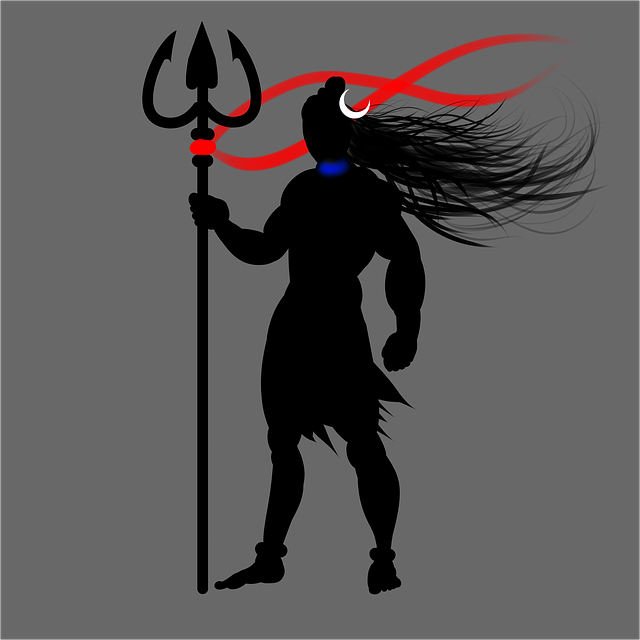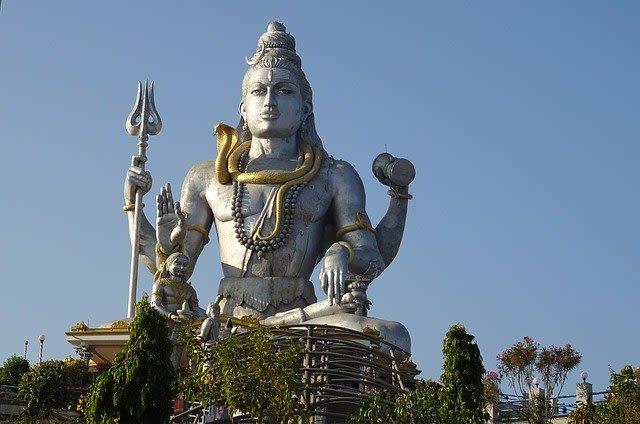Pitru Paksha is regarded as the favorable time to carry on the Shradh rituals of our ancestors who have left for their heavenly abode. It is a period of 15 days that fall in the month of Bhadrapada i.e mostly during August –September. One who performs Shradh during this period is believed to be abundantly blessed by their ancestors. Thus, every year apart from the Shradh performed regularly, one must also perform Shradh during Pitru Paksha on the specific Tithi that a person died.
Importance of performing Purnima Shradh
Purnima Shradh also known as Shradhi Purnima or Proshthapadi Purnima Shradh is a day for doing the Shradh ceremonies of the ancestors who left for heavenly abode on the day of Purnima(full moon).
As per the Hindu Shastras, Shradh for the person who had passed away on the day of Purnima is performed on Amavasya (new moon) which is the last day of the Pitru Paksha. This is because the Pitru Paksha (sixteen days meant for ancestral worship) starts only on the next day of Purnima on the Pratipada day in the month of Bhadrapada.
This year (2019) Purnima shradh is on Monday, 13th September 2019.
If for some reasons, a person is not able to perform Shradh on the dedicated days, they can perform it during the Pitru Paksha. Pitru Paksha or Mahalaya Shradhas are also described as Parvan Shradhas. The right time to perform shradh is the Kutup Muhurt and Rohina Muhurt and has to get over before Aparahna Kala (Post Meridian) gets over. At the end of Shradh, Tarpan is performed.
According to Hindu culture, performing Shradh is not an option rather it is mandatory to carry on these rituals so that our ancestors will receive food and water in the higher regions. One who does not perform Shradh will have to go through severe problems thus one must not ignore performing Shradh.
